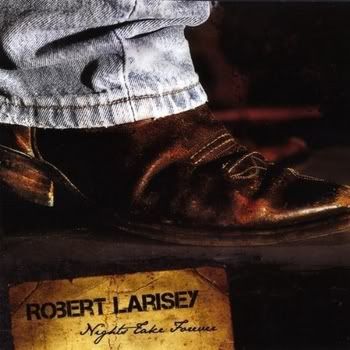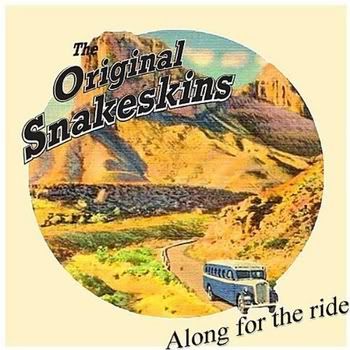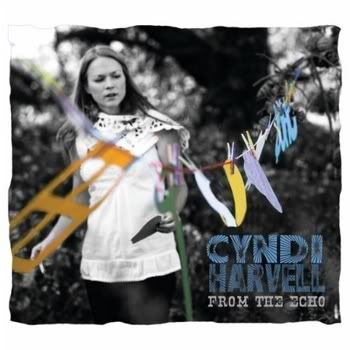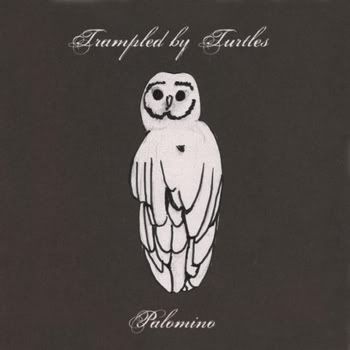
Long time readers know that I am uncomfortable with genre labels for music. I try to use them as shorthand, to give my readers a quick reference point for telling how something will sound. But the best artists are individuals, and their music is whatever they need it to be. Folk music may be blues, bluegrass, Celtic, etc, or it may draw from all of these and more. Singer-songwriter simply means that a person sings and writes many of the songs they perform. And rock implies that a band has plugged in at least some of their instruments. What I call hybrid genre labels only make matters worse. Folk-rock, for example. This simply means that the music lies somewhere on the spectrum between folk, (whatever that is), and rock, (whatever that is). In assembling a set of songs to illustrate this point, I found myself with five songs that all have a country flavor as well. That only confuses matters further. That said, let’s see what happened.

Robert Larisey: Yesterday
[purchase]
Yesterday starts, folklike, with just Robert Larisey singing and accompanying himself on acoustic guitar. He plays finger style, creating a rhythmic and detailed cushion of sound to back his words. A subtle but beautiful fiddle part comes in before the end of the song, and there is also bass and background vocals. But what truly keeps this one from being pure folk is Larisey’s approach to the vocals. His voice sounds like the cracks will get wider, and he will break into dust at any moment. The emotion of the song threatens to overwhelm him, but never quite does. Elsewhere on this album, there are drums and some electric guitars in places. But that sense of barely restrained emotion is a powerful constant throughout. Larisey backs it up with the quality of his writing.

The Original Snakeskins: Jesus and Jexebel
[purchase]
There is an overlap between the musical influences that led to the development of both folk and country music. Both draw on blues and gospel, for example. I have read interviews with some of the old-time blues artists, and they talk about how their parents would beat them if they found out that they were sneaking out of the house to play blues at the local juke joints. Some of these artists turned to gospel as a cover. So you have blues artists like the Reverend Gary Davis, and you have blues standards like Twelve Gates to the City. The sacred and the profane mix freely, and blues becomes secular music of the spirit, while gospel of a certain vintage shows a great blues influence. I am reminded of all of this as I listen to the music of The Original Snakeskins. Some of their songs lean into the territory of bluegrass, but there is a blues/ gospel feel to much of their work. Jesus and Jezebel is an original song that sounds like it could have been written 80 years ago, and I mean that as high praise indeed. Anne Unger provides the soulful vocal that makes the whole thing work.

Thee Shambels: Jenny Come Back
[purchase]
Jenny Come Back has acoustic guitars, stand-up bass, banjo, and accordion. Even adding drums, this seems like folk territory. But the music and the lyrical content go somewhere else. Jenny is a the waltz that give this EP its title. This is the kind of dark waltz that might have been written for the Three Penny Opera, and the lyrics paint that kind of gritty urban picture, and they are not for the faint at heart, or for young listeners. This is also something that Tom Waits might have had something to do with, to provide another point of reference. The performance has a woozy carnival feel. This is a perfect match of words to music, and Neville Elder’s vocal is spot on. He combines sympathy for the downtrodden with a hint of menace, and the whole thing really works.

Cyndi Harvell: Northbound
[purchase]
With Northbound, we are much closer to rock territory. Here are drums and electric guitar and bass. But the guitar part is beautifully interwoven with a banjo. And the lyric is both poetic and enigmatic in a way that is more folk than rock. Harvell’s voice has a bit of a country twang to it, and there is a break to an almost falsetto that Harvell knows how to use to the best advantage. Northbound rides a wonderful slinky groove with an almost reggae feel to it. Some of the other songs on this album have more of a rock feel, but there is often an instrument in the mix such as a banjo, mandolin, or acoustic guitar. Harvell is adept at choosing and executing the best musical setting for each song, and the variety makes this album a fine listen.

Trampled by Turtles: It‘s a War
[purchase]
Trampled by Turtles is a five piece band, with a mix of instruments that marks them as bluegrass. There are no drums, and all of the instruments are acoustic except the bass. And yet, It’s a War Comes at the end of this post, where we are closest to rock. How can this be? It’s in the attitude of the playing. The guitar and banjo pound out power chords. The fiddle races along. The vocals are melodic but raw. This is punk bluegrass. Elsewhere on the album, the band slows down a bit, but there is always a rock sensibility to the playing and singing. It means that this album is not for the bluegrass purist, but also that it is a thrill for the rest of us.






0 comments:
Post a Comment